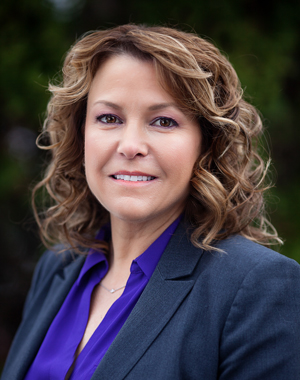By Suzanne Beck
 We all want to feel safe. We all want to believe that we will never be raped — not by a stranger and not by someone we know. The case of Richard Klingle in Northampton County — he is charged with raping his victim a second time after being released on reduced bail — reminds us all that we should have concern for our safety right here in our own community.
We all want to feel safe. We all want to believe that we will never be raped — not by a stranger and not by someone we know. The case of Richard Klingle in Northampton County — he is charged with raping his victim a second time after being released on reduced bail — reminds us all that we should have concern for our safety right here in our own community.
There are many misconceptions and stereotypes about people who commit rape, and it is not helpful when these stereotypes are reinforced, especially by professionals in the criminal justice system.
The overwhelming majority of rapists are known to the victim. Locally, 72 percent of the sexual assault victims served by the Crime Victims Council last year knew their perpetrator.
Not all offenders are the same. They look like and can be anyone — a father, grandfather, uncle, brother, neighbor or son. They are everyday people. They can have strong social ties in the community. People who commit acts of sexual violence are male and female, span a variety of backgrounds and ages and are often employed and educated.
It is impossible to predict whether a person will commit sexual offenses based upon marital or relationship status or whether or not a person is a parent, employed, educated, liked by friends or colleagues or active in the community. Some of those things may be useful in considering whether a defendant poses a risk for flight before a trial, but they have no bearing on the safety of the person who reported being sexually assaulted by the defendant, nor the rest of the community.
In cases of domestic violence, there is a typical and identifiable pattern of escalation toward lethality with indicators that should be taken very seriously — past behavior predicts future behavior. Assessing risk can save someone's life. These indicators include, but are not limited to: Perceived loss of control over the victim (separation, divorce, fleeing), substance abuse, escalation of violence, forced sex, and strangulation.
Rape and other crimes of sexual violence are all too common, in part because we, the public at large, have a hard time accepting that people who commit these acts are people just like us. It is time for all of us — individuals and systems — to stop minimizing, excusing or denying sexual violence that is perpetrated by people who have invested time, energy and even love in the relationships with the people they victimize. Rape by an intimate partner, friend, colleague or classmate is still rape.
Those who perpetrate rape pose a threat to community safety — perhaps more so than strangers as they move among us, in plain sight, counting on us to disbelieve accounts of their bad behaviors.
It is time for all of us to take the danger that all people who rape pose to our communities seriously, and to consistently demonstrate this concern by imposing serious protections for victims and consequences for rapists.
Suzanne M. Beck is the executive director of Crime Victims Council of the Lehigh Valley and a member of the Board of Directors of the Pennsylvania Coalition Against Rape.
